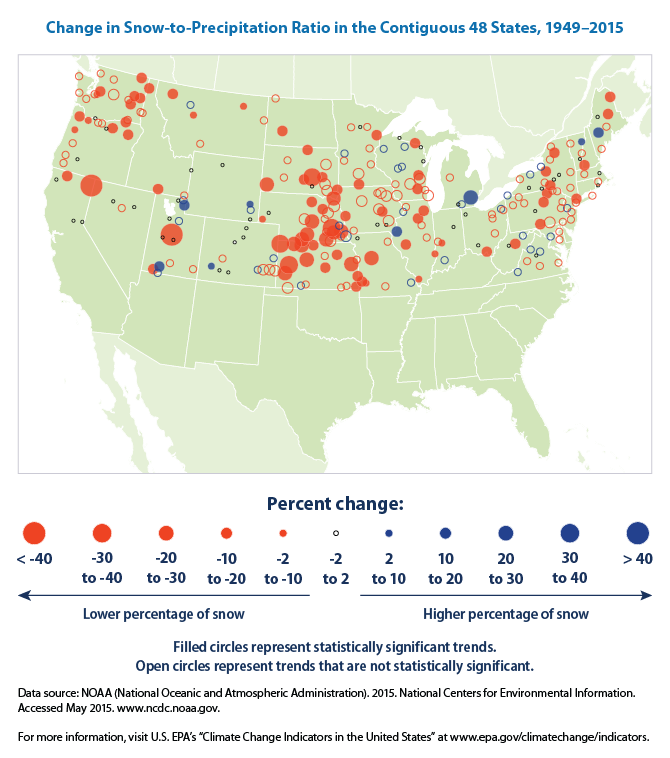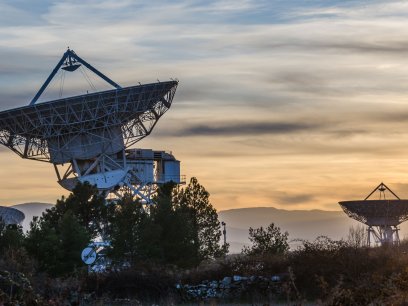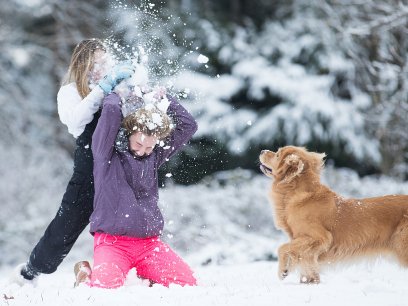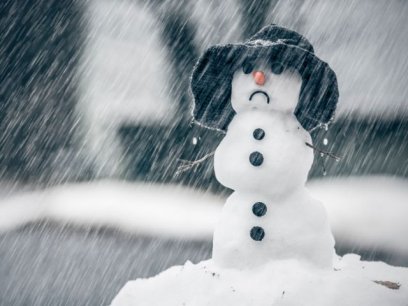
Did You Know?
- From 1949 to 2015, nearly 80% of weather stations across the contiguous 48 states have recorded an increase in winter precipitation falling as rain instead of snow.
Heavy snowstorms and cold temperature extremes have the ability to paralyze cities, cause power outages and result in billions of dollars in economic losses. For example, record breaking low temperatures and heavy snowfall across most of the United States during early January 2014 caused widespread disruption to transportation and power supply, closed work places and public services, and damaged agricultural crops. As we head into the fall and winter seasons, you may be wondering if the United States is experiencing fewer of these major winter storms today than we did in the past. The answer? It's complicated.
From 1950 to 2000, the number of extremely heavy snowstorms increased in northern and eastern parts of the United States, but these storms have been less frequent since 2000. Total seasonal snowfall amounts have varied across the contiguous United States over the past century; amounts have increased in the northern Great Plains and Great Lakes region, decreased in southern and some western areas, and not changed in other areas, such as the Sierra Nevada.
Days as cold or even colder than those of early January 2014 are still projected to occur into mid-century in the United States, although less frequently than in the late 1900s. Scientists expect that these extremely cold days will no longer occur by the end of the century if greenhouse gas emissions are not reduced.
The figure below from the US Environmental Protection Agency shows the percentage change in winter snow-to-precipitation ratio from 1949 to 2015 at 265 weather stations in the contiguous 48 states. This ratio measures the percentage of total winter precipitation that falls in the form of snow.

Learn More
Learn how to protect your family and property before, during, and after a winter storm.
Sources:
- EPA. 2015. “Climate Change Indicators in the United States: Snowfall”. Accessed November 30. http://www3.epa.gov/climatechange/science/indicators/snow-ice/snowfall.html
- Melillo, Jerry M., Terese (T.C.) Richmond, and Gary W. Yohe, Eds. 2014. Climate Change Impacts in the United States: The Third National Climate Assessment. Washington: U.S. Global Change Research Program. http://nca2014.globalchange.gov/.
- NOAA. 2008. Winter Storms: The Deceptive Killers. Washington: US Department of Commerce. http://www.nws.noaa.gov/om/winter/resources/Winter_Storms2008.pdf,
- NOAA. 2015. "Billion-Dollar Weather/Climate Disasters." Accessed September 15 http://www.ncdc.noaa.gov/billions/.
- Screen, J., Deser, C., Sun, L. 2015. “Reduced Risk of North American Cold Extremes Due to Continued Arctic Sea Ice Loss”. Bulletin of the American Meteorological Society. Volume 96, Number 9. Pgs. 1489-1503. http://dx.doi.org/10.1175/BAMS-D-14-00185.1


